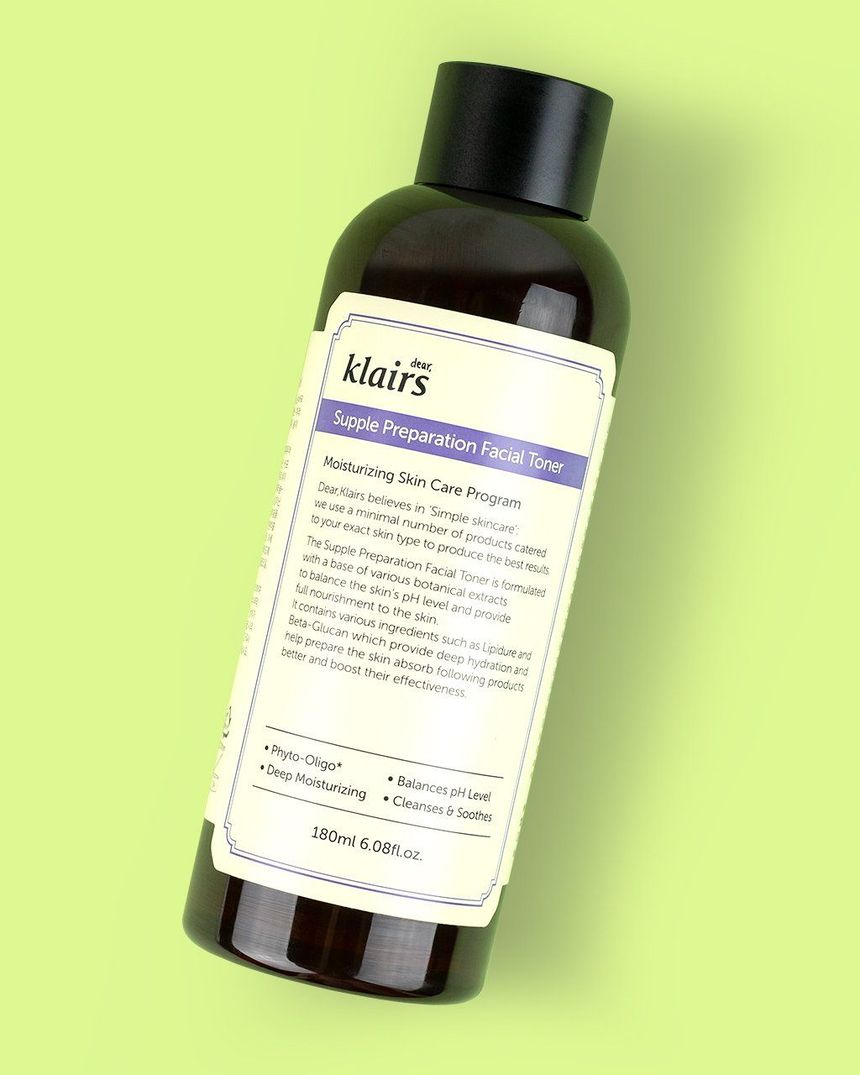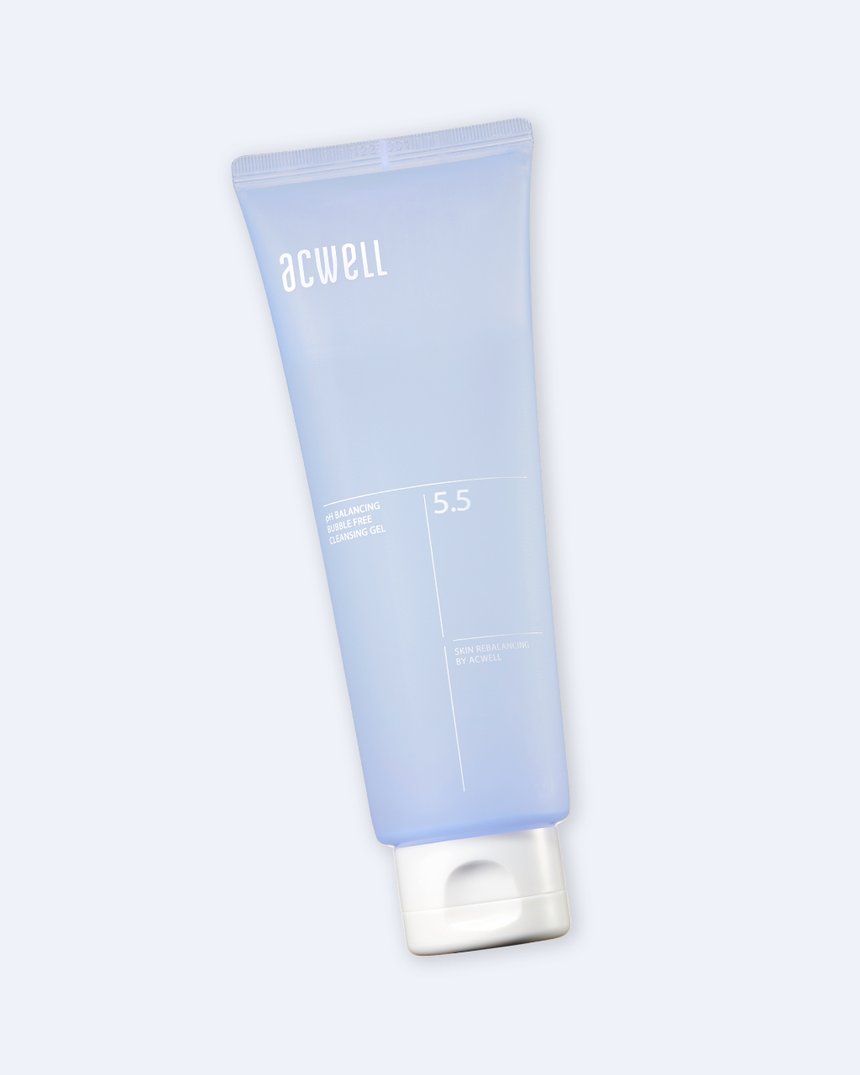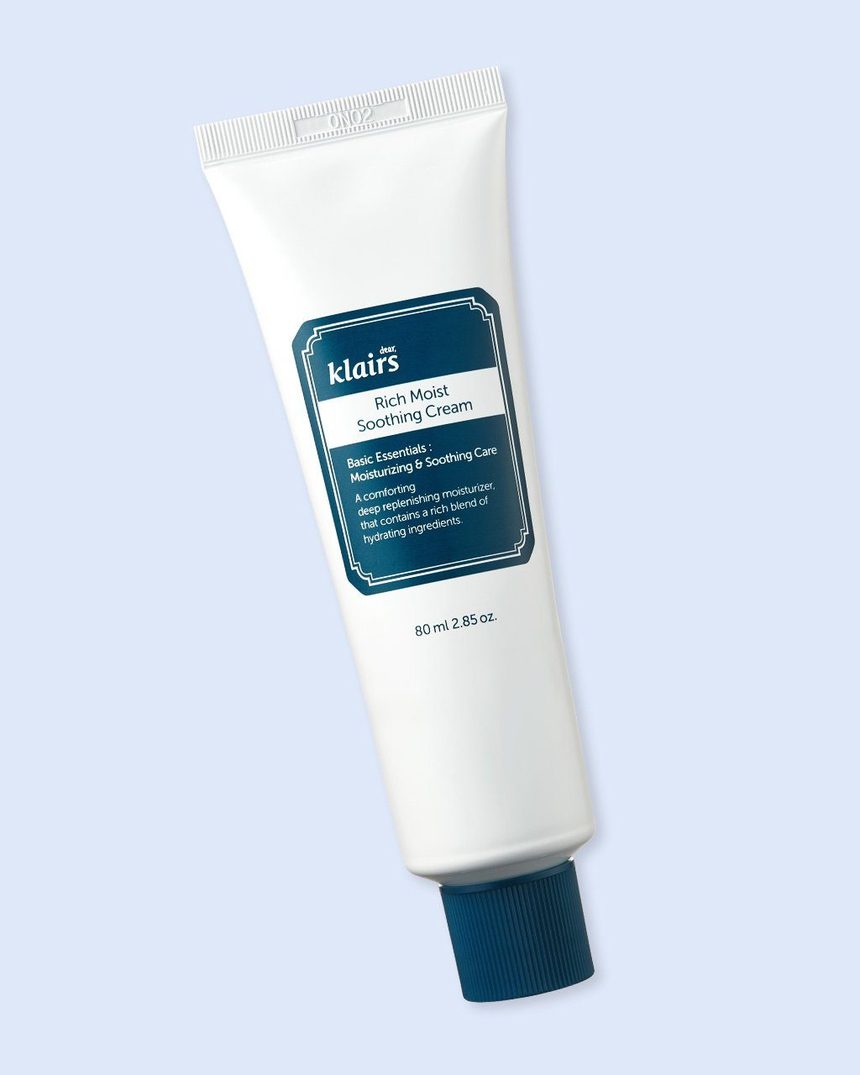You may not even know what your acid mantle is, but it’s actually the most important part of your skin and you should be treating it as such.
I’ll admit it: I’m a reformed chemical exfoliation addict. In my former life, I would experiment with any new acid that claimed to leave me with a glowing, pore-less face. Who wouldn’t, right? That glorious sting upon application was something I looked forward to at the end the day (crazy, I know!). I got so into craving that stinging feeling that I was using AHAs and BHAs on a daily basis, which wasn’t giving my skin a chance to repair itself.
And doing that—my friends—is what damaged my skin’s moisture barrier. It’s also what forced me to give up exfoliating cold turkey for a long month. I was miserable, but it’s one of the best decisions I’ve ever made in regards to my skin care routine.
Let me explain what your moisture barrier is, why you need to protect it, and lay down a routine that will get your skin back in tip top shape if you’re an exfoliation addict like me.
What is the skin’s moisture barrier?
Your skin’s moisture barrier goes by many different names—acid mantle, protective barrier, hydro-lipid film, etcetera. All in all, they refer to same thing: your skin’s protective barrier. It’s the outermost layer of skin (AKA the stratum corneum) that essentially protects it from bad bacteria, environmental pollutants, transepidermal water loss (evaporation of water which leads to dry skin) and any other possible irritants. A healthy barrier is made of a combination of lipids like cholesterol, free fatty acids, and ceramides, which help to maintain the optimal amount of healthy bacterias and flora for your skin to remain balanced and protected.
The barrier is strong enough to protect the skin but can easily be thrown out of balance. This can happen from a multitude of reasons, such as changes in weather conditions (moving from air conditioning to the hot, humid weather outside), to the use of harsh soaps which cleanse the skin but strip it of its natural oils. High foaming agents like sodium lauryl sulfate (SLS) can also irritate the skin.
But the most common reason your skin’s moisture barrier gets thrown out of whack is over-exfoliation. While exfoliating has many positive effects (like helping to keep the skin super smooth and acne free), it’ll dissolve the dead skin cells on the surface of your skin, leaving you prone to bad bacteria and environmental stressors.
How can you tell if it’s been damaged?
At rest, your skin is at a pH of 4.2 to 5.6, which means it’s more on the acidic side. Your skin remains at this pH to defend itself from bad bacteria which thrive in more alkaline conditions (pH of 10.5-11). When exposed to high pH cleansers or other irritants, they throw the mantle out of balance which can lead to damaging effects, like dryness, flaking, itching, tightness, redness and overall sensitivity. This imbalance has also been known to lead to skin conditions like eczema, psoriasis, dermatitis and overall inflamed and more acne-prone skin.
In my case, I could tell my barrier was damaged because my skin was experiencing increased sensitivity by turning red at the slightest touch, and all of my products would sting upon application. At first, I thought it might have been a skin care product I was using, but after switching up my routine to old, trusted favorites my skin remained irritated, dry, and itchy.
Nothing I was applying was helping, which is why I took a step back to assess my skin, realize it was damaged, and started to feed it the ingredients it needed to repair itself.
How to repair a damaged moisture barrier:
To repair the damage that the acid mantle has faced, you have to focus on including products that avoid harsh cleansing agents and high foaming ones like sodium lauryl sulfate. Instead, reach for cleansers rich in lipids, fatty acids and ceramides which help to restore the barrier working to rejuvenate the skin and return it to its natural state.
Most importantly, if you know your skin is compromised, take a step back and avoid all forms of exfoliation. This means no exfoliation. None. Zip. Taking a breather from it will give your skin a chance to recuperate and build back that mantle.
My recommended routine to repair a damaged acid mantle:
Cleanser
First, break down your routine into as few steps as possible to help to avoid any possible irritants. You can start by tossing aside any cleanser with harsh detergents and instead choose gentle, pH balanced ones that will help to keep that acid mantle in check.
A great one to try out is the Acwell pH Balancing Bubble Free Cleansing Gel, which is formulated to have a pH gentle enough for all skin types. This cleanser will rid the skin of any oil, dirt and bacteria without stripping it of its naturals oils and instead leave it balanced and moisturized. This will ensure there will be no “squeaky clean feeling” after using it (a sure sign of barrier damage).
Toner
You’ll want to follow up with a pH balancing toner that packs a punch of hydration, like the Klairs Supple Preparation Toner. This contains a healing blend of hyaluronic acid, aloe, and beta-glucans to soothe and hydrate the skin.
I’m a huge fan of this toner because it helps to deeply nourish while aiding in reducing inflammation and redness—typical signs of barrier damage. Plus, hyaluronic acid helps bind moisture to the skin helping to fight the transepidermal water loss that barrier damage brings about.
Serum
Just because you have to break down your routine doesn’t mean you can’t slip in an anti-aging serum! The Neogen Real Ferment Micro Serum is perfect because it contains fermented ingredients like bifida ferment lysate that delivers hydration and nourishment to the skin barrier! This serum will help to replenish the barrier while also smoothing out fine lines and wrinkles.
Moisturizer
Now for the most important part of your routine: your moisturizer. This step will help to lock in hydration and keep your skin protected while your barrier renews itself.
The Klairs Rich Moist Soothing Cream would work well because it’s enriched with skin-loving ceramides that help to fortify the skin’s natural barrier while helping to soothe redness and inflammation.
Bottom line:
Repairing your acid mantle takes hard work and dedication, but once you implement these changes you’ll be well on your way to the healthy, supple skin you’re meant to have.
When it comes to skin care, it’s important to listen to your skin and realize exactly what it needs. If exfoliating the recommended one to two times a week is leaving your skin irritated, then don’t do it. These so called “skin care rules” don’t always apply to everyone. Your skin is unique and you should create a routine that works for you.





